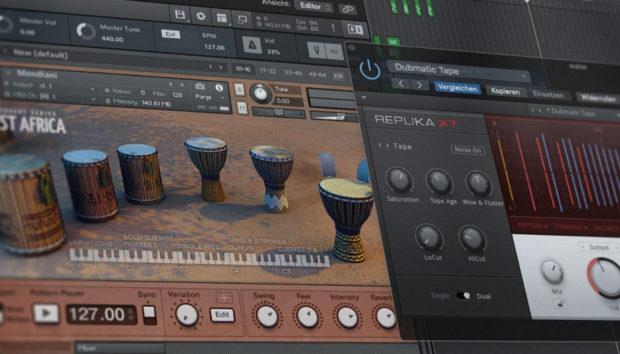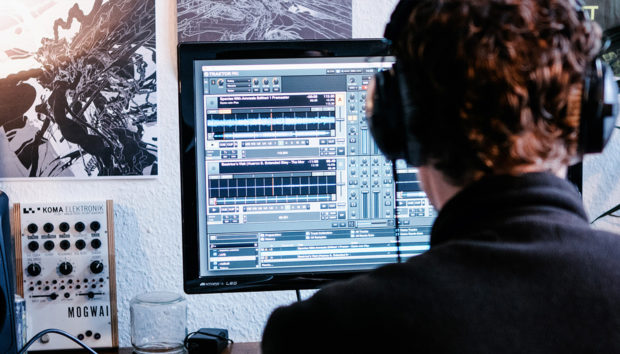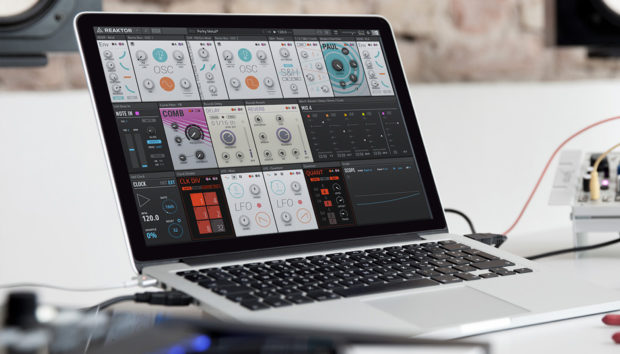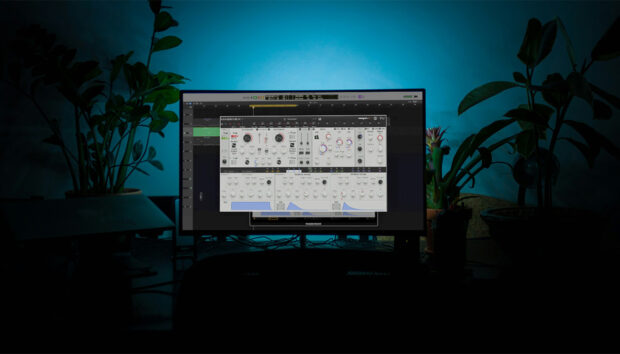String arrangements can transform a pop track, adding depth, emotion, and movement to the music. But for many producers, traditional orchestration can feel overwhelming – especially if you don’t have a classical background. London Contemporary Orchestra Producer Strings changes that. Designed with producers in mind, this Kontakt instrument strips away the complexity, offering raw, evocative string textures and punchy articulations that fit seamlessly into modern tracks.
In this tutorial, we’ll walk through five practical steps for creating modern strings that enhance your pop production or electronic track. From finding your sound to smart note selection and beyond, we’ll cover the fundamentals of modern string arrangement and examine the cutting-edge features that make LCO Producer Strings such a powerful tool. We’ll include screenshots and audio examples at each stage, so you can hear and see how to bring your ideas to life.
Jump to these sections:
- What are modern string arrangements?
- How do you write a string arrangement for a pop song?
- How can I make my string arrangements sound more unique?
- How to compose modern string arrangements in 5 easy steps
- Start adding string arrangements to your pop productions
Follow along with this tutorial using LCO Producer Strings.
What are modern string arrangements?
Modern string arrangements blend traditional orchestral sounds with contemporary production. Where traditional string arrangements might involve complex classical rules, modern strings can be simple to write but luxurious to listen to. Think expressive melodies, driving rhythmic elements, or atmospheric textures – simple motifs that make a pop production shine. Tools like LCO Producer Strings make it easy to create these parts without deep theory knowledge. We’ll show you how below.
How do you write a string arrangement for a pop song?
Start by considering what kind of strings would match the song’s energy. If it’s a gentle ballad, use sustained chords and slow-moving melodies. If your track has a driving beat, stabbing rhythmic strings will heighten the pace. Pick a modern string sound that fits – there are many string ensemble Kontakt instruments out there, and LCO Producer Strings is one of the most versatile, offering over 100 presets to choose from. Then write a simple part, perhaps focusing on one strong melody or harmony line that supports the main vocal.
Next, process your strings to get a modern sound. You could double the strings with synths for thickness, or add reverb if your pop production has a spacious feel. Finally, decide which sections of your song the strings should appear in. String arrangements work great for adding variety to a repeating section or amping up a climax. There’s no need to add strings to every section of your song.
How can I make my string arrangements sound more unique?
To make your string arrangements stand out, try exploring unusual articulations, layering up complex sounds, or adding adventurous effects. London Contemporary Orchestra Producer Strings offers a bunch of features for turning generic parts into lush modern strings. You could choose a more interesting articulation from its deep library of samples, blend your strings with synth layers for a hybrid sound, or add effects like ring modulation and bitcrushing.
Depending on the kind of pop production you’re working on, different strategies will suit your workflow best. But the more you sculpt and manipulate, the more unique your strings will sound.
How to compose modern string arrangements in 5 easy steps
Here’s a pop track we’re working on. The core of the song is done, but the arrangement is pretty boring.
We’d like to add strings to enhance the track. Here’s how in five steps.
Step 1: Build your ensemble
To add strings to your pop production, you need a string ensemble. No problem if you don’t have an orchestra on speed dial. Modern Kontakt instruments give you incredibly lifelike sampled strings right in your DAW, letting you spin up a rich, layered arrangement with just a laptop and a MIDI keyboard.
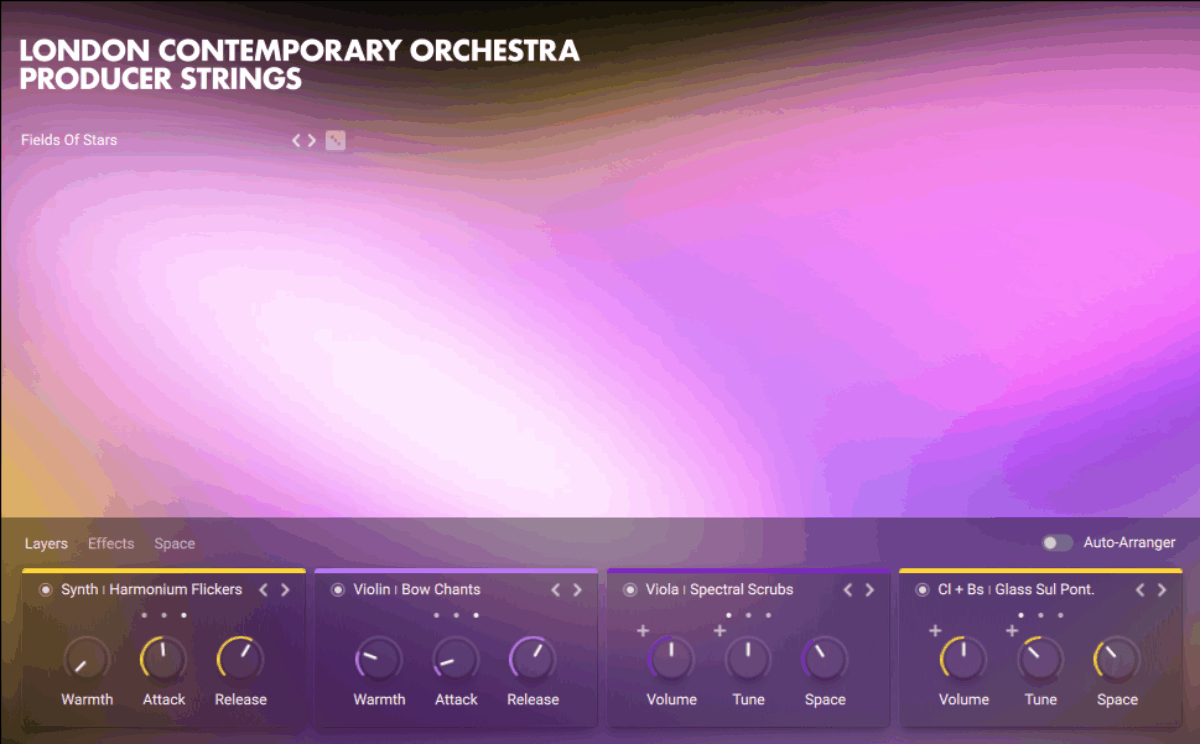
There are many string Kontakt instruments out there, each with its own sound and capabilities. When choosing your ensemble, consider what would suit your track. If it’s a delicate acoustic ballad, try a more traditional string sound. For an angular electronic track, you might want more synthetic tones and adventurous processing.
Whatever your needs, LCO Producer Strings is a great option thanks to its versatility. It can add rich classic strings, abstract synthetic textures, cinematic effects, and more – all easily accessed with over 100 included presets.
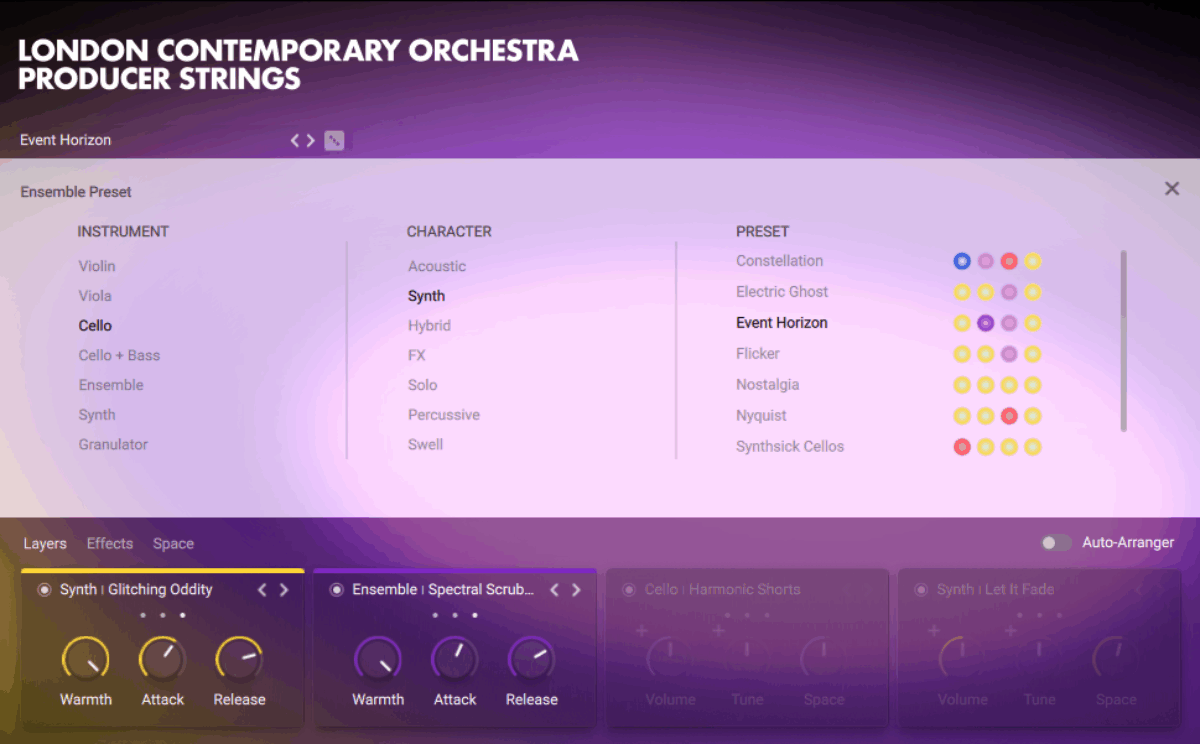
Our track is a warm pop song with a modern twist, so we’re looking for strings that sound rich but with a subtle electronic edge. It’s easy to find what we need via the instrument’s Preset Browser – accessed by clicking the preset name at the top of the interface.
While browsing, you can filter by Instrument – ranging from Violin and Viola to Synth and Granulator – and Character, which covers conventional Acoustic sounds, modern Hybrids, and specific effects such as Percussive and Swell. You can pick multiple tags from these columns to keep your search wide.
The right-hand column will show presets that match your search, with a helpful colored graphic showing the character of each of the four layers contained in the preset. Not sure what you’re after? Click the dice up top to get a random preset – you’ll be surprised by how often it hits the mark.
We’ve chosen Majestic Warmth, a glimmering preset that combines Sul Pont articulations in violin and viola with synthetic elements.
Step 2: Quickly refine your string sound
Now we’ve picked a preset, it’s quick and easy to tweak it to fit our production.

The four layers that make up the ensemble are displayed along the bottom of the interface. Each layer can be tweaked via three control panels, with plenty of sound shaping options like Volume, Tuning, Attack, and Release.
For example, if your track is rhythmic, you might want strings with a short attack and release. For an ambient track or ballad, a smoother sound with a long release will work better. By adjusting the amplitude envelope of each layer, you can adjust the preset to fit.
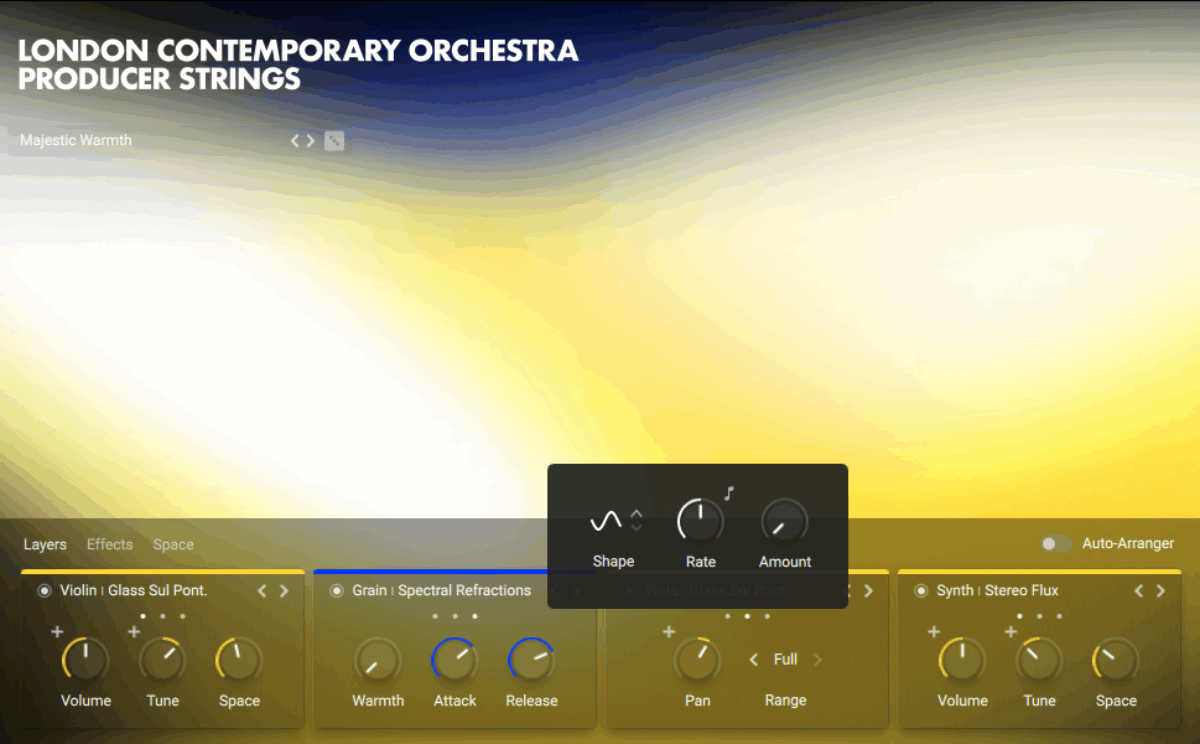
You can even apply modulation to some parameters using an extra pop-up window. Here we’re modulating the Pan control so that our layer sweeps from side to side, adding interesting movement to our strings:
If we’re still not happy with our layers after tweaking, it’s easy to swap one out. Just click a layer’s name to open the Layer Preset selector, where you can pick from a range of Techniques, from Legato and Plucked to Flicker and Beam.
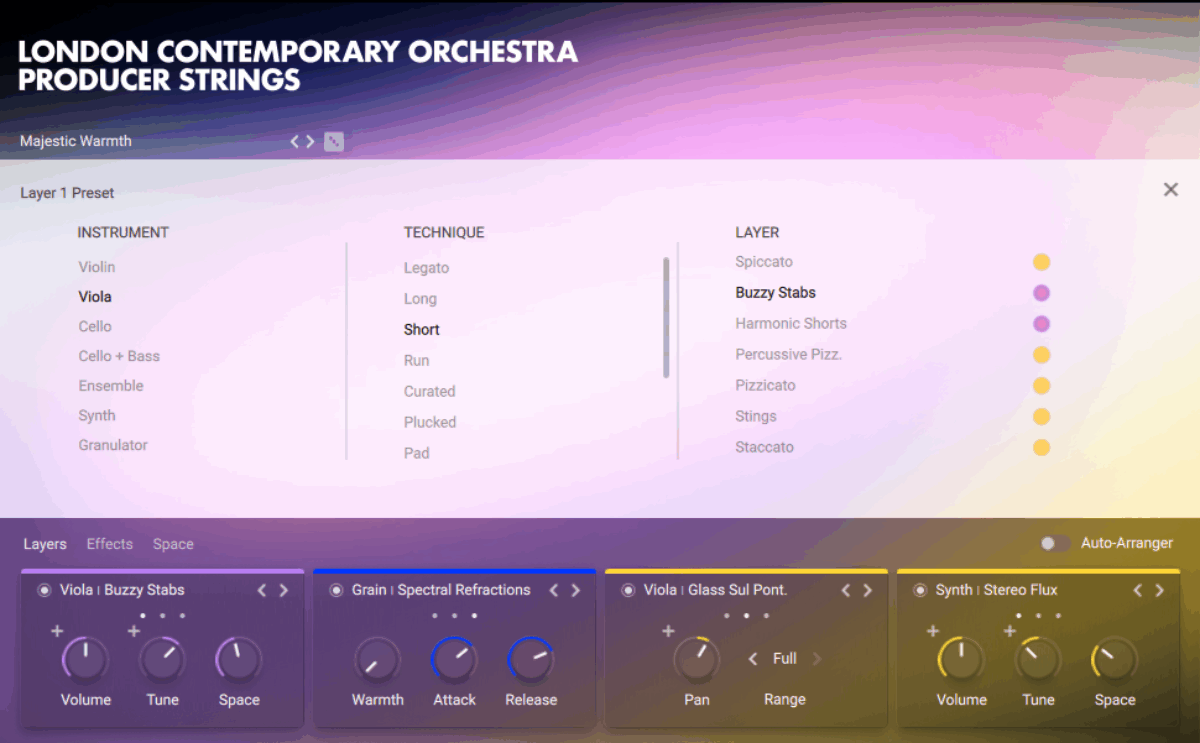
We wanted our string part to sound a little thicker and warmer, so we swapped the Violin – Glass Sul Pont layer – a brittle, high-pitched texture – for a warmer articulation called Harmonic Flickers.
We also turned up the Warmth control on several layers, and boosted the volume of the Grain – Spectral Refractions layer to bring out this intriguing granular effect. Here’s how our tweaked preset sounds.
Step 3: Use processing to make a simple arrangement shine
You might think that a string arrangement needs to be a complex, fiddly part with lots of cleverly written notes. Sure, those kinds of arrangements can be nice, but modern string arrangements are often much simpler.
With a modern Kontakt instrument like LCO Producer Strings, the sample quality, complex layering, and extra processing possibilities mean that even simple parts can shine. When writing a string arrangement, start with just a few notes that support the other parts in your track.
Here’s a simple string arrangement for our pre-chorus section:
It’s already sounding good thanks to the layers we chose: the Harmonic Flickers and Spectral Refractions layers add movement and interest. We can further add character with the instrument’s built-in effects.
These can be accessed by clicking on the Effects tab.
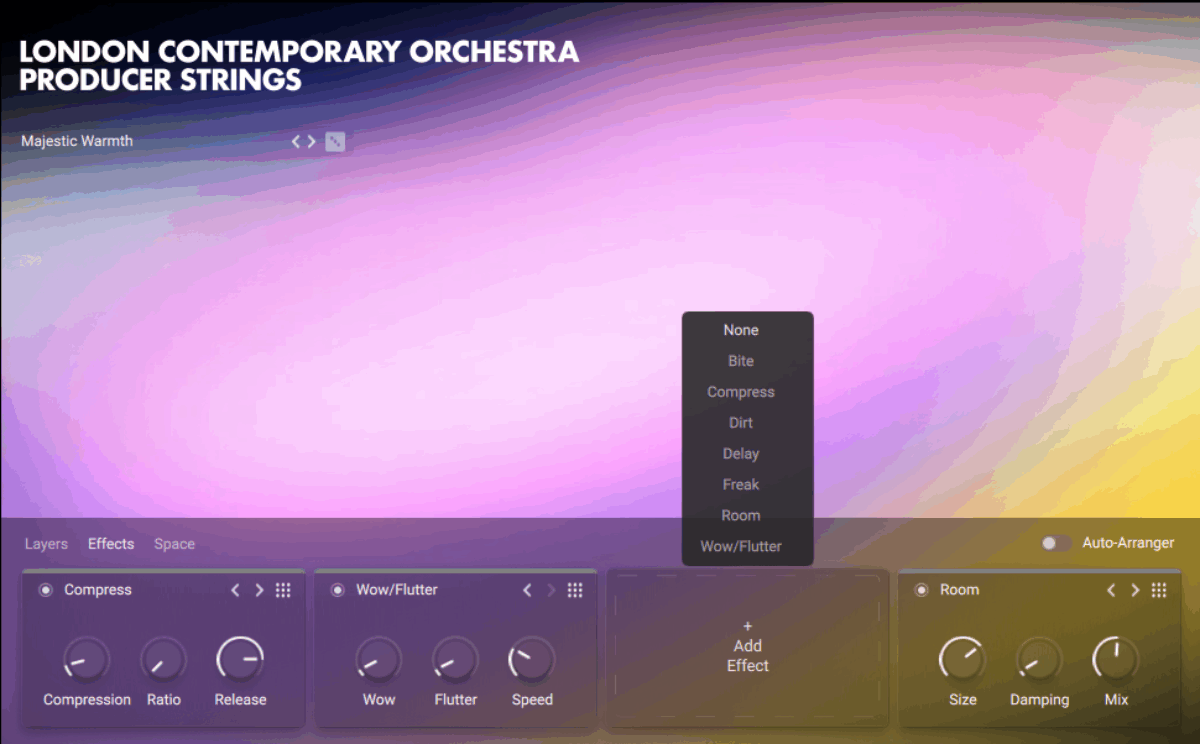
Here you can choose from seven renowned Native Instruments effects, including delay and reverb, compression and distortion, and built-in versions of bold sound manglers like Bite (for bitcrushing) and Freak (for frequency shifting).
LCO Producer Strings lets you combine up to four effects and tweak key parameters for each effect for powerful sound-shaping possibilities.
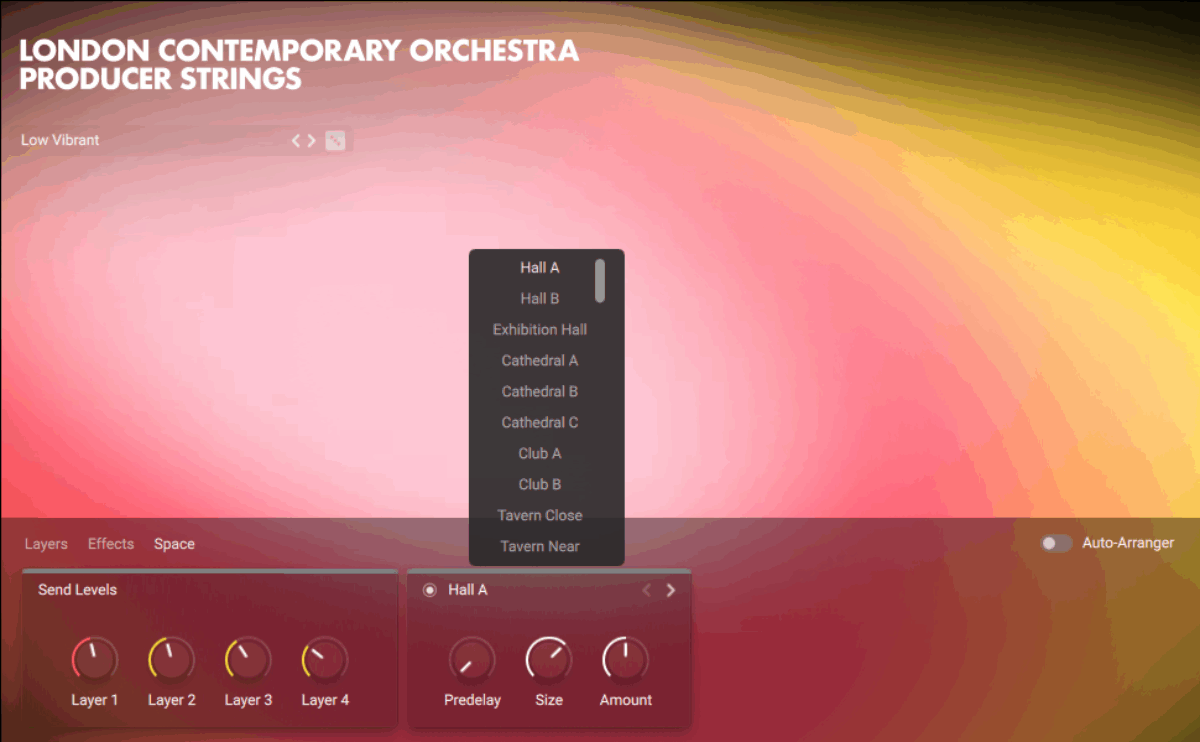
There’s an additional Space tab for controlling a reverb send effect. We can use this to create dramatic reverb swells in our string arrangement, giving it more shape.
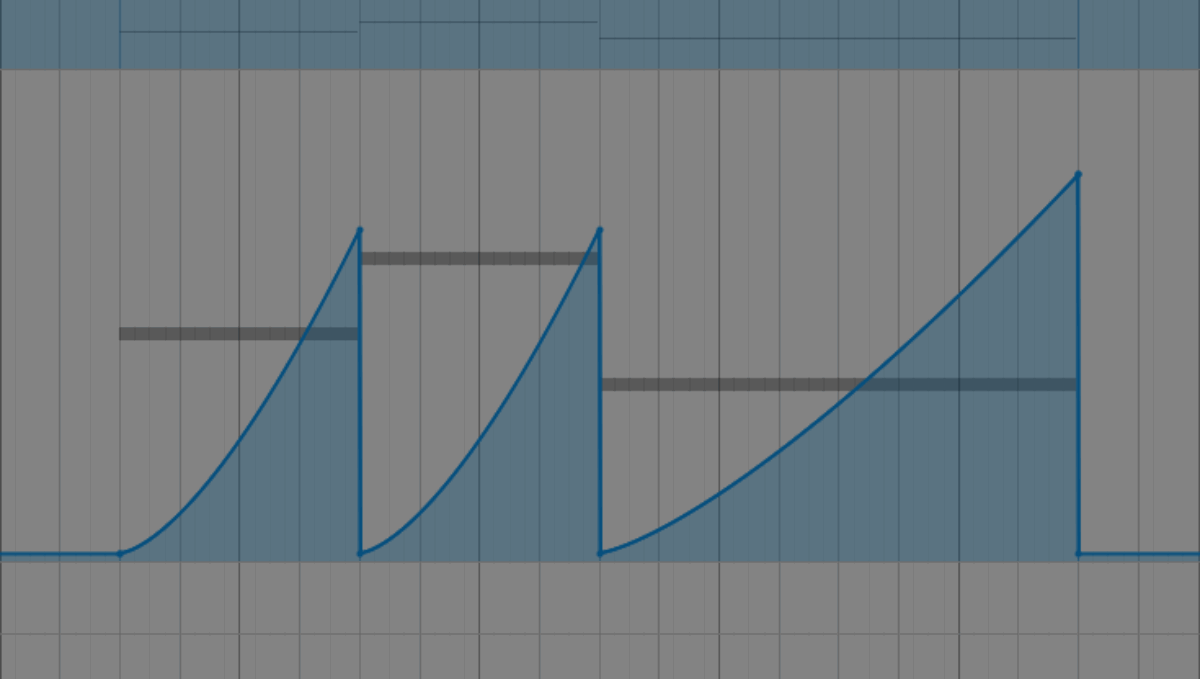
To do this, we selected the Send control for just one layer from our patch – Layer 3 – and automated this control in our DAW so that it changes over time, rising every few bars. The effect is an organic reverb swell that complements our track and adds drama to this section.
Step 4: Polish your notes with Auto-Arranger
So far, we’ve worked on a simple string arrangement with mostly one-note lines. Sometimes, chords are needed. When you’re writing chord-based arrangements, a clever feature in LCO Producer Strings will help them sound fluid and elegant.
The Auto-arranger feature addresses a common problem when writing with a MIDI keyboard: the clusters of notes that naturally fall under your hands can sound cramped and unrealistic when played by a string ensemble.
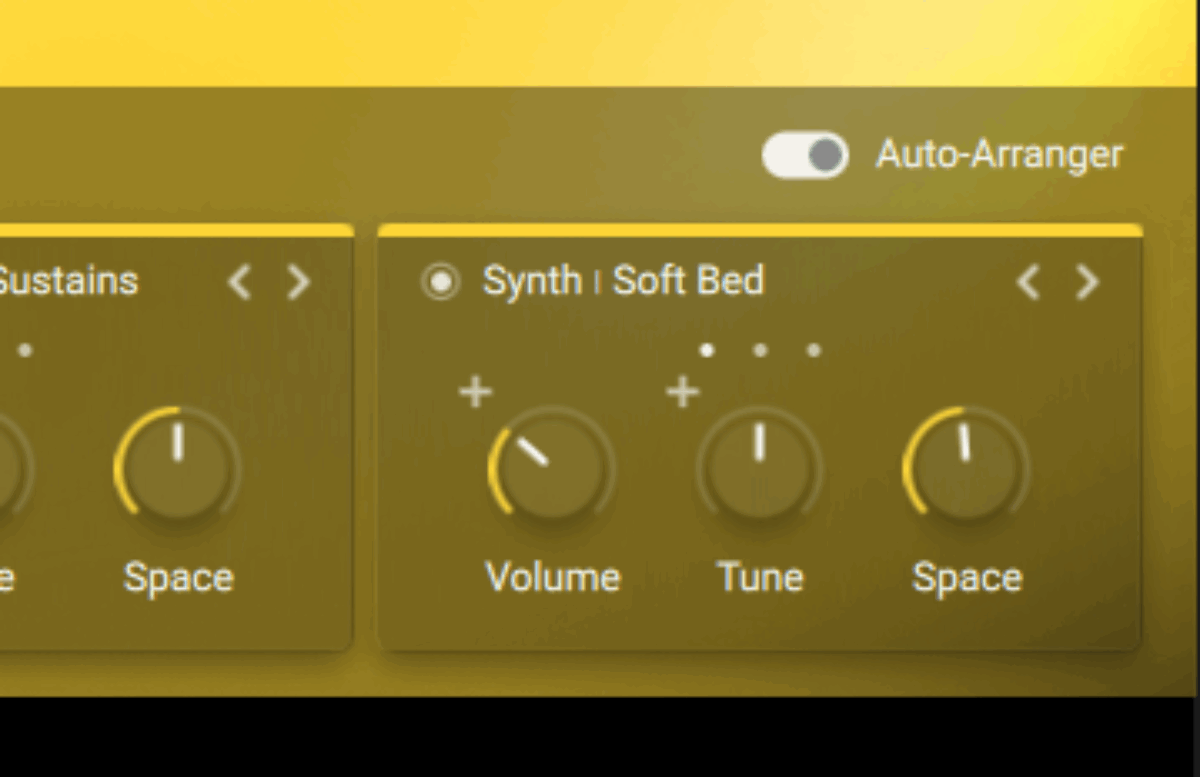
Once activated by clicking the toggle, Auto-arranger cleverly distributes your played notes across the ensemble, breaking up those cramped chord voicings and making the string ensemble sing.
To help you understand the difference, here’s our chorus with a chord-based string arrangement. Auto-arranger is turned off.
The arrangement is made up of simple triad chords (three notes that fall naturally under the fingers when playing a MIDI keyboard). It sounds stiff and unrealistic, and the strings overpower the track by filling up the midrange.
Here’s the same strings with Auto-arranger turned on.
Step 5: Finalize your string arrangement
Now that you have your string sounds and ideas, it’s time to finalize how these fit into your track.
You may have an idea of which parts go with which sections of your song. For example, we have a one-note string part for our pre-chorus (made in Step 2), and a chord-based part for the chorus (Step 4).
But that doesn’t mean these string parts should be used every time the section happens.
Think of string arrangements as the icing on your pop cake. They enhance the song, but they’re not an integral ingredient. Strings should be used to accentuate important parts of the song, add variety to sections that repeat, or fill out quieter sections such as breakdowns.
As well as deciding which sections to add your strings to, you can also use simple mixing techniques – like filtering and volume automation – to make your strings more or less prominent at different moments.
We used these ideas to finalize how our string arrangement fits into our song. We applied filtering to the pre-chorus part so that it fades in as the section progresses. And in the chorus, the strings only appear the second time around, to add variety to the repeat.
Start adding string arrangements to your pop productions
In this article, we explored how LCO Producer Strings simplifies the process of creating modern string arrangements for pop production. We covered the fundamentals of writing expressive, contemporary string parts – from selecting the right presets and refining your sound to polishing your results.
Whether you’re looking for lush pads, rhythmic stabs, or atmospheric textures, LCO Producer Strings makes it easy to write professional arrangements without a classical background.
